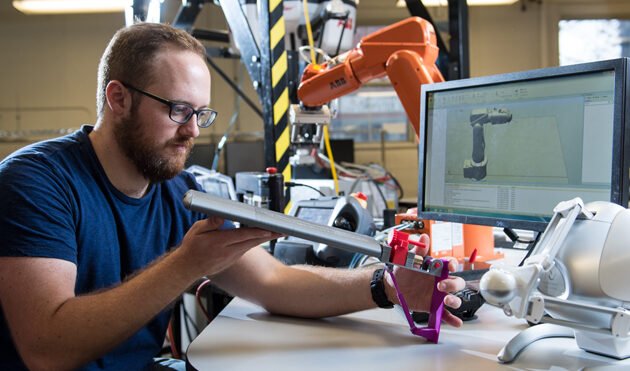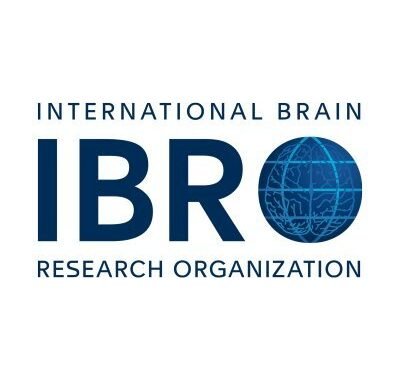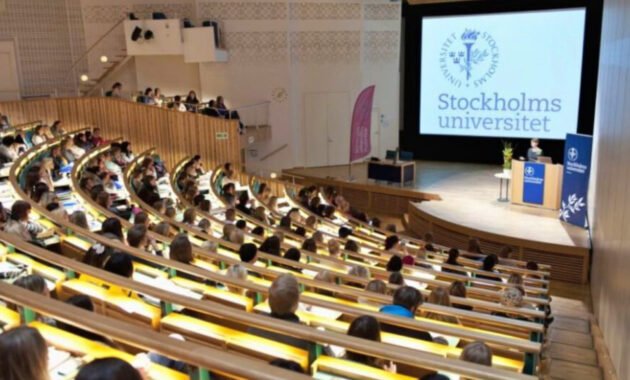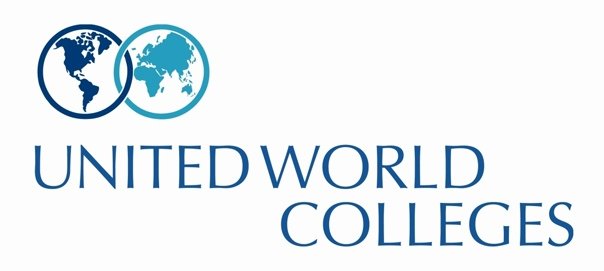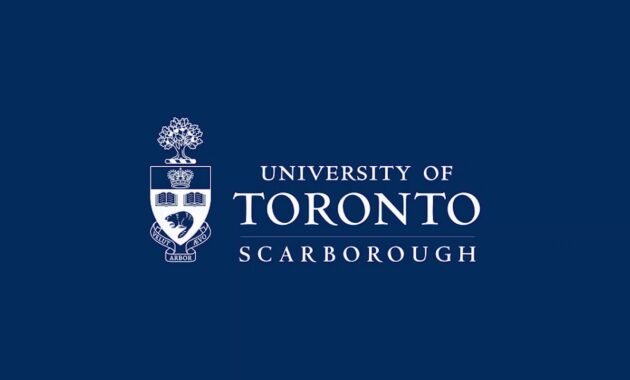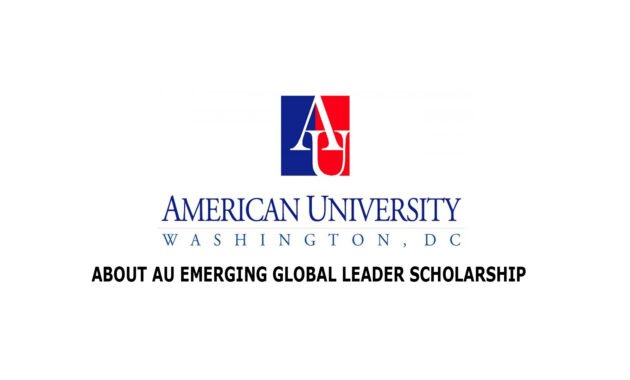: Complete Engineering PhD Fellowships at Caltech (USA), Imperial College London (UK) & Technical University of Munich (Germany)
Engineering PhD Fellowships at Caltech (USA) California Institute of Technology (Caltech) consistently ranks among the world’s top institutions for engineering […]

